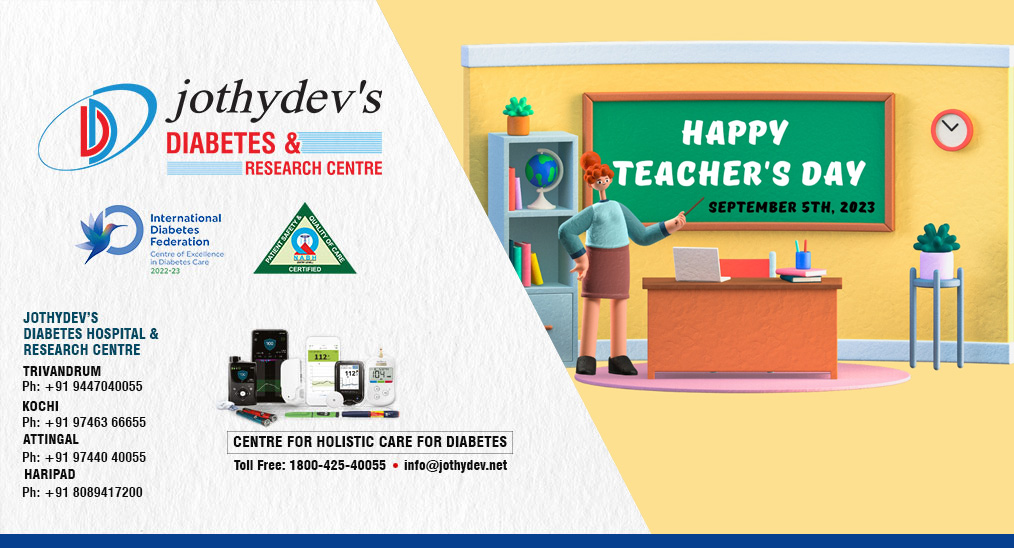4. MIST lowers urinary tract symptoms secondary to benign prostatic hyperplasia – The PINNACLE study

It is estimated that 50% of men aged 60 years and older have benign prostatic hyperplasia (BPH) and the figure shows rising trends to over 80% by age 70 and to 90% by age 80. More recently, researchers have developed various minimally invasive surgical therapy (MIST) devices to treat the obstruction while limiting effects on sexual function.
Optilume BPH (Benign Prostatic Hyperplasia) Catheter System is a novel drug/device combination minimally invasive surgical therapy for the treatment of lower urinary tract symptoms secondary to benign prostatic hyperplasia. The Optilume BPH Catheter System is a minimally invasive paclitaxel-coated dilation system and the first MIST device with a dual mechanical and pharmacological mechanism of action. With the Optilume BPH catheter system, urologists inflate a balloon to gently separate the lobes of the prostate, relieving urinary obstruction and reducing symptoms. A second balloon can further separate the lobes and deliver a drug, paclitaxel Paclitaxel is an antiproliferative agent that is intended to maintain luminal patency of the prostatic urethra after dilation. The PINNACLE study is a prospective, randomized, double-blind, sham-controlled clinical trial that evaluated the safety and efficacy of Optilume BPH against a sham surgical procedure.
The study cohort included men aged 50 years or older with symptomatic benign prostatic hyperplasia and a prostate size between 20 and 80 g. Subjects were randomized 2:1 to receive treatment with Optilume BPH or a sham surgical procedure. Blinding was maintained for subjects in both arms. Follow-up evaluations included the International Prostate Symptom Score, uroflowmetry, and other quality-of-life and sexual function assessments.
A total of 148 men were randomized (100 active, 48 sham) at 18 centers in the U.S. and Canada. Participants who received Optilume BPH experienced a reduction in the International Prostate Symptom Score of 11.5±7.8 points one year after treatment, while those in the sham group had a reduction of 8.0±8.3 points after 3 months. There was also observed a significant improvement in the flow rate after treatment with Optilume BPH, with an improvement of +10.3 mL/s from baseline to 1 year (+125%). The procedure's minimal impact on sexual function and the relatively short duration of the procedure are among its notable advantages.
For enquiries info@jothydev.net.
Please visit: jothydev.net | research.jothydev.com | diabscreenkerala.net | jothydev.com/newsletter




